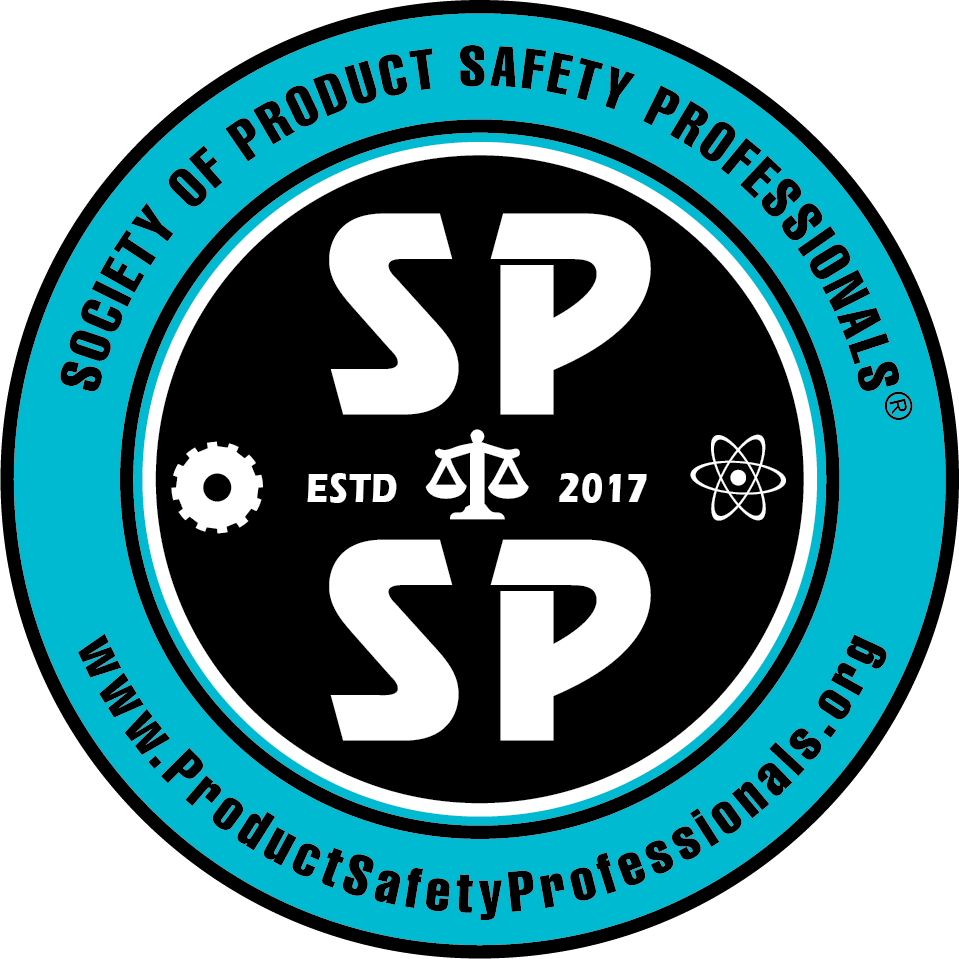When ASTM revises a standard that is incorporated by reference in mandatory rules, and the CPSC rejects the revisions because they don't think it improves safety, what happens next?
Question: When ASTM revises a standard that is incorporated by reference in mandatory rules, and the CPSC rejects the revisions because they don't think it improves safety, what happens next?
Proposed answer: Under Section 104(b)(4)(B) of the CPSIA, the CPSC can incorporate by reference into their federal regulations voluntary standards for durable infant and toddler products. Recently, the Commission notified ASTM that they would not incorporate by reference recent revisions to ASTM F2194-13, Standard Consumer Safety Specification for Bassinets and Cradles, and ASTM F2613-21, Standard Safety Specification for Children’s Chairs and Stools into their regulations. The Commission felt that the two recent revisions to these standards did not improve safety over their previous versions. The ASTM subcommittees who developed those standards are now evaluating alternatives that would satisfy the Commission's requirements for safety improvements. Until then, the older versions of those standards will remain mandatory, but compliance with the new versions of the standards (F2194-22e1 and F2613-22) will be voluntary. There is no time limit to make revisions that would be acceptable to the Commission.
— Don Mays, Chairman ASTM F15 Committee on Consumer Products
